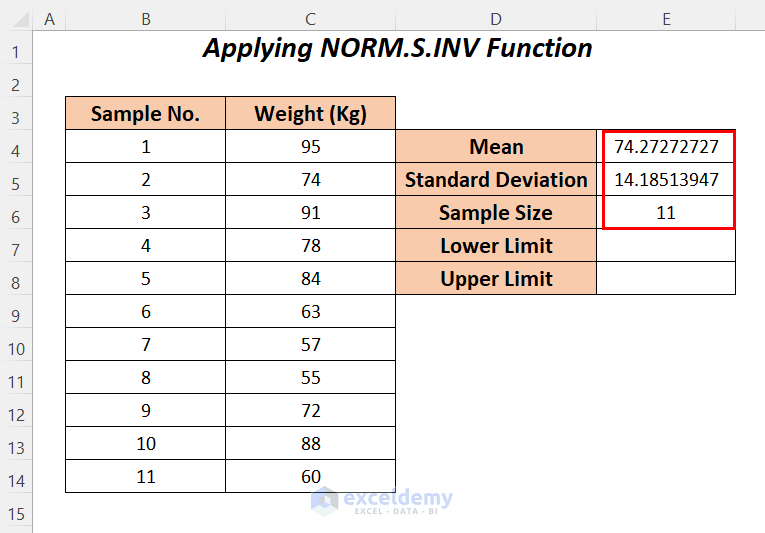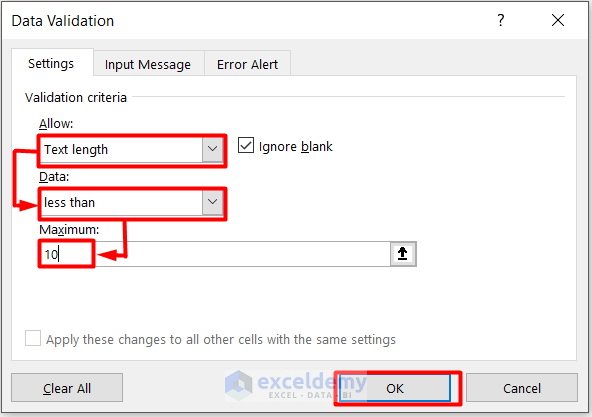5 Tips to Understand Excel's Column Limit

Microsoft Excel is a powerhouse tool for data manipulation and analysis, extensively used in both personal and professional settings. However, understanding its limitations, particularly regarding its column and row limits, is crucial for effective spreadsheet management. This post will delve into the specifics of Excel's column limit, offering insights and practical tips to manage this constraint effectively.
1. Understanding Excel’s Column Limit

Excel, by default, supports up to 16,384 columns per worksheet. This limit might seem extensive, but for complex data sets or wide datasets, this can become a bottleneck. Here are some key points:
- Column A to XFD in modern Excel versions (2007 and later) corresponds to this 16,384 limit.
- Each column in Excel has a letter designation, making it easy to reference but also highlighting the limit.

📝 Note: Understanding the column limit is the first step to manage your data more effectively within Excel’s constraints.
2. Efficient Data Structuring

Given the column limit, here are some strategies for structuring your data:
- Vertical Data Organization: Prioritize vertical over horizontal expansion. If your data can be organized vertically (more rows, fewer columns), you’ll likely stay within the column limit.
- Use Multiple Sheets or Files: For datasets that exceed the column limit, consider distributing the data across multiple sheets or even different files to manage data volume.
- Normalization Techniques: Normalize your data to minimize redundancy, thus reducing the number of columns needed.

📝 Note: Efficient structuring not only helps with Excel’s column limit but also improves overall data management.
3. Utilize Power Query for Data Transformation

Power Query is an Excel add-in (included in Excel 2016 and later) that allows for advanced data manipulation:
- Data Aggregation: You can combine data from multiple sources, potentially reducing the need for multiple columns.
- Column Limiting: Power Query can automatically filter out unnecessary columns, ensuring you stay within Excel’s limits.

📝 Note: Power Query significantly enhances Excel’s data handling capabilities, allowing for better control over column usage.
4. Use of Advanced Formulas and Functions

Excel’s advanced features can help manage or overcome the column limit:
- Array Formulas: These can perform multiple calculations within a single cell, reducing the need for multiple columns.
- Data Validation: Limit data entry to specific columns or manage data type inputs.
- Conditional Formatting: Instead of adding columns for visual data representation, use conditional formatting for insights at a glance.

📝 Note: These functions allow you to work more intelligently within Excel’s framework, making the most out of every column available.
5. External Database Connections

For very large datasets:
- External Storage: Store data in databases like SQL Server, Access, or even cloud solutions like Azure, and pull only what’s needed into Excel.
- Dynamic Data Exchange: Tools like Power Pivot allow dynamic connections to external data sources, reducing the reliance on Excel’s native storage capabilities.

📝 Note: Leveraging external databases is an excellent strategy for when Excel’s column limit becomes restrictive.
In closing, mastering Excel's column limit isn't just about knowing its boundaries but understanding how to work within them. By adopting the tips outlined—efficient data structuring, leveraging Power Query, utilizing advanced formulas, and connecting to external databases—you can handle even the most complex datasets with ease. Remember, Excel is designed to be versatile, and with these strategies, you're equipped to push its limits while maintaining productivity and accuracy in your data management tasks.
Why does Excel have a column limit?

+
The column limit in Excel is primarily due to memory management and processing power constraints. Excel needs to balance usability with performance, ensuring it can function smoothly on a wide range of devices.
What happens if I exceed the column limit in Excel?

+
Excel will not allow you to add more columns beyond its maximum limit, displaying an error message. You’ll need to either reduce your data size or use alternative methods like splitting data across multiple sheets or connecting to external data sources.
Can I increase the column limit in Excel?

+
No, the column limit is hardcoded into Excel’s architecture. However, you can manage larger datasets by using tools like Power Query for data manipulation or connecting to external databases.
What are the best practices for dealing with large datasets in Excel?

+
Best practices include:
- Organize data vertically rather than horizontally.
- Use external data sources or databases for storage and link them with Excel.
- Employ Power Query to manipulate data efficiently.
- Implement advanced Excel features like array formulas and conditional formatting to work within limits.
Is there an alternative software to Excel without these limits?

+
Yes, software like Google Sheets has a similar but higher limit, and database tools like SQL Server or Access are designed to handle much larger datasets without the same constraints.



